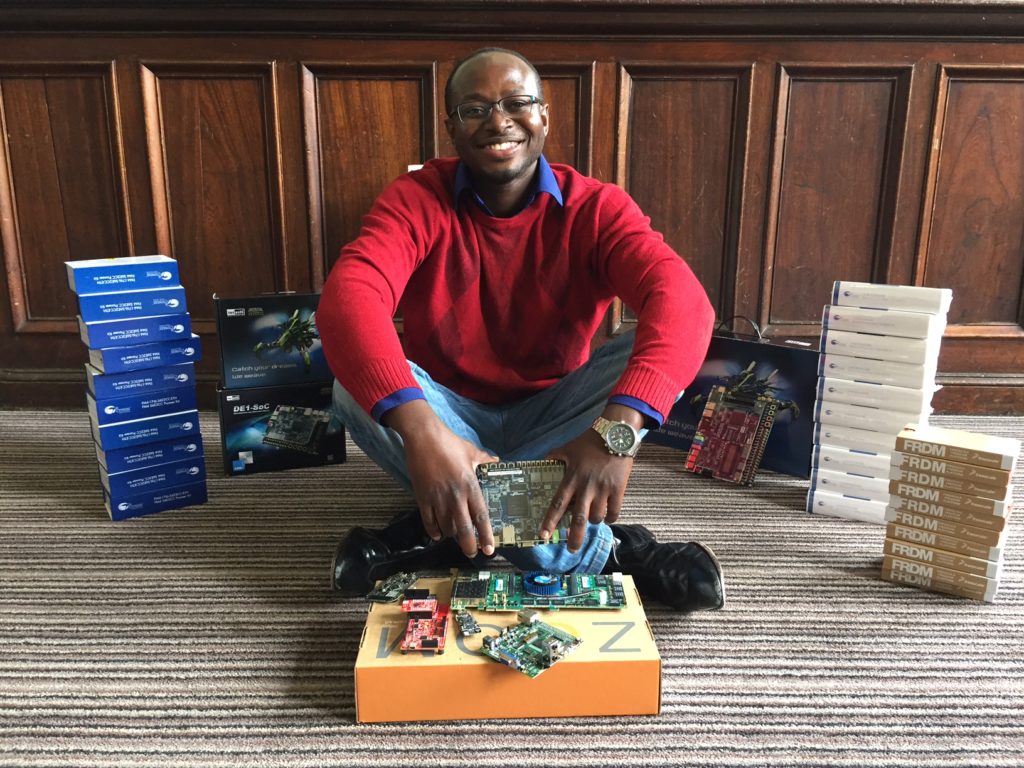Scott Turner
DOI: 10.1007/978-3-319-29166-6_10
Published in Software Engineering Education Going Agile Part of the series Progress in IS pp 67-71
Abstract
Student volunteering is growing in the UK and elsewhere, and there is an ongoing debate about whether it is really “self-evidently a ‘good thing’” or there is a greater need for reflection to determine whether this statement is true (Holdsworth and Quinn, Studies in Higher Education, 35(1), 113–127, 2010). This paper presents a personal reflection of Science, Technology, Engineering and Maths (STEM) volunteering as a potential route to increasing Computing student’s employability.
References
1.
STEMNet (2015) Science, Technology, Engineering and Mathematics Network [online] Available at: http://www.stemnet.org.uk/ Accessed on: 24thJanuary 2015
2.
Sinclair J, Allen A, Davis L, Goodchild T, Messenger J, Turner S (2014) "Enhancing student employability skills through partnership working in STEM outreach; the University of Northampton approach " HEA STEM Annual Teaching and Learning Conference 2013: Enhancing the STEM Student Journey, University of Edinburgh, 30th April-1st May 2014
3.
Holdsworth, C., & Quinn, J. (2010). Student volunteering in English higher education. Studies in Higher Education, 35(1), 113–127.CrossRef
4.
Brewis, G., Russell, J., & Holdsworth, C. (2010). Bursting the bubble: Students, volunteering and the community. Research Summary.
5.
Junkbots (2015) Junkbots [online] Available at: http://junkbots.blogspot.co.uk/ Accessed on: 24th January 2015.
'via Blog this'
Posting on the site does not imply endorsement in any way, by the blog owner or any organisations the blog owner is associated with.







